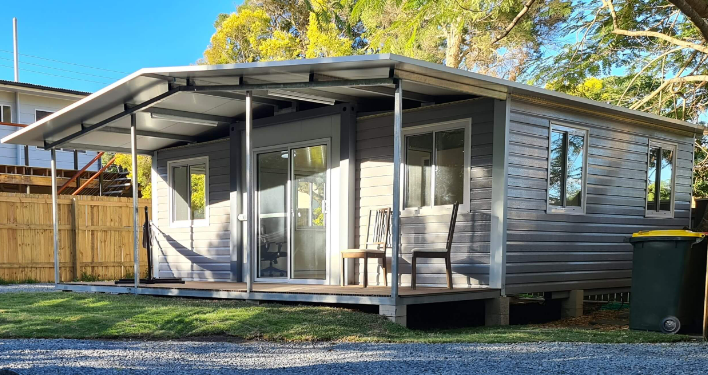With the continuous development of urbanization and an increasing population, the demand for housing is on the rise. This has prompted exploration into various housing forms. Container homes, as a relatively emerging residential form, exhibit significant differences and advantages when compared to traditional buildings. This article will explore the comparison between container homes and traditional buildings in several aspects.

1. Cost Comparison
Traditional buildings typically require a substantial amount of time and labor resources to complete, including various building materials such as bricks, concrete, wood, and a significant workforce. In contrast, container homes, due to their prefabricated nature, offer a faster construction pace and lower costs. Containers can be easily transformed into housing units, reducing material wastage and overall construction expenses.
2. Flexibility and Customizability
Traditional buildings usually demand detailed planning and design before construction, and making alterations post-construction can be challenging. In contrast, container homes are more flexible and easily customizable. Residents can adjust the layout and design of container homes according to their needs and preferences.
3. Environmental Friendliness and Sustainability
Container homes typically utilize recycled materials, making them an environmentally friendly building form. Moreover, people can easily integrate them with sustainable technologies such as solar panels and rainwater harvesting systems, reducing their reliance on natural resources and lowering energy consumption. This positions container homes as having potential in sustainable construction.
4. Rapid Construction and Mobility
Container homes are typically constructed much faster than traditional buildings. This is beneficial for urgent housing needs or situations requiring swift relocation. People can also move container homes to different locations relatively easily, which provides a significant advantage for those who need to frequently change their residence.
5. Comfort and Design
While container homes can be custom designed, they may not offer the same level of comfort and spatial perception as traditional buildings. Traditional buildings usually provide more space and higher ceilings, whereas container homes’ design requires more creativity to enhance comfort. Additionally, container homes may require additional insulation and ventilation facilities to ensure indoor environmental quality.
6. Long-Term Investment Value
Although container homes may be more budget-friendly in the short term, traditional buildings often maintain higher investment value in the long run. It typically exhibits greater durability and ease of maintenance, which can increase the value of the housing in the future.

In conclusion, both container homes and traditional buildings have their respective advantages and disadvantages, suitable for different situations and needs. The choice between these housing forms depends on an individual’s budget, time constraints, sustainability preferences, and comfort requirements. Regardless of the chosen building form, adherence to regulations and standards is crucial to ensure the legality and safety of the construction.
